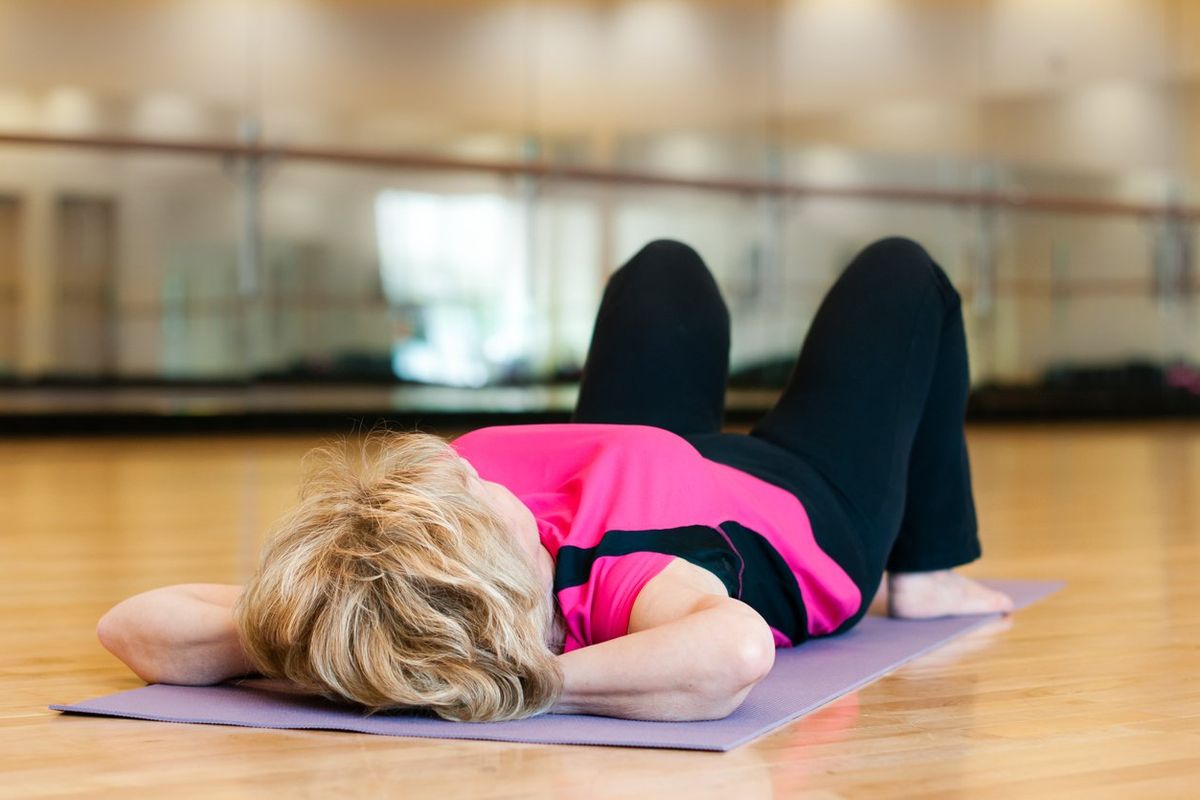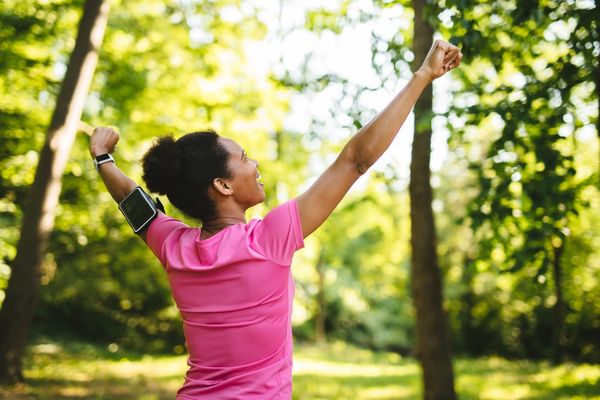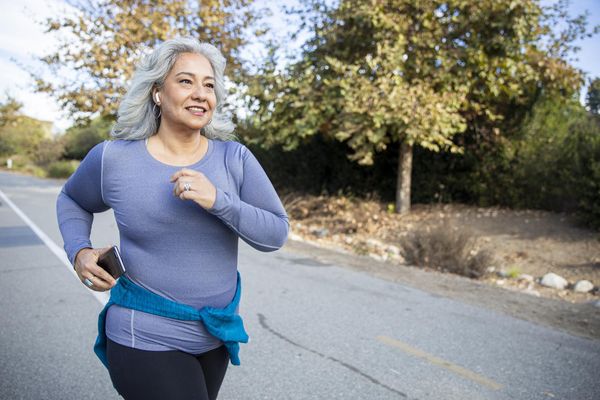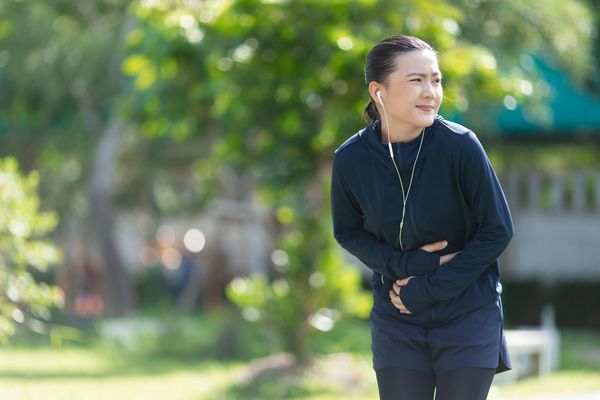Q:
I've increased my calcium intake, but would like to give myself an even better chance at avoiding osteoporosis through exercise. What are the best exercises for promoting bone density?
A:
Any tension put on your bones will help increase their strength and density. Weight- or load-bearing exercises and resistance training (weight-lifting) can do this. A regular, comprehensive full-body exercise program incorporating both types of exercise can decrease your risk of developing osteoporosis.
Weight-bearing exercises force your body to work against gravity and include any exercise in which your feet and legs bear your total body weight. This action puts stress on your bones to help them become stronger. Walking, running, step aerobics or tennis are weight- or load-bearing exercises, but swimming, bicycling or using an elliptical machine are not.
Resistance training, or weight-lifting, works differently. These exercises put tension on the tendon attached to the bone, increasing its strength.
Here is an exercise that will provide both weight-bearing and resistance training benefits:
- Lie flat on your back.
- Bend your knees, keeping your feet flat on the floor.
- Place arms by your side, palms down.
- Raise your buttocks up off the floor and squeeze for 5 to 8 seconds.
- Release and relax, lowering buttocks to floor.
- Do 20 to 25 repetitions.
- If this exercise becomes too easy, try performing it while raising one foot off the floor and maintaining balance with the other leg.







